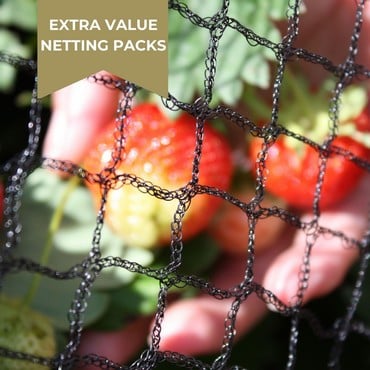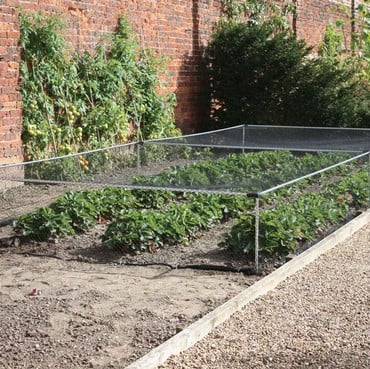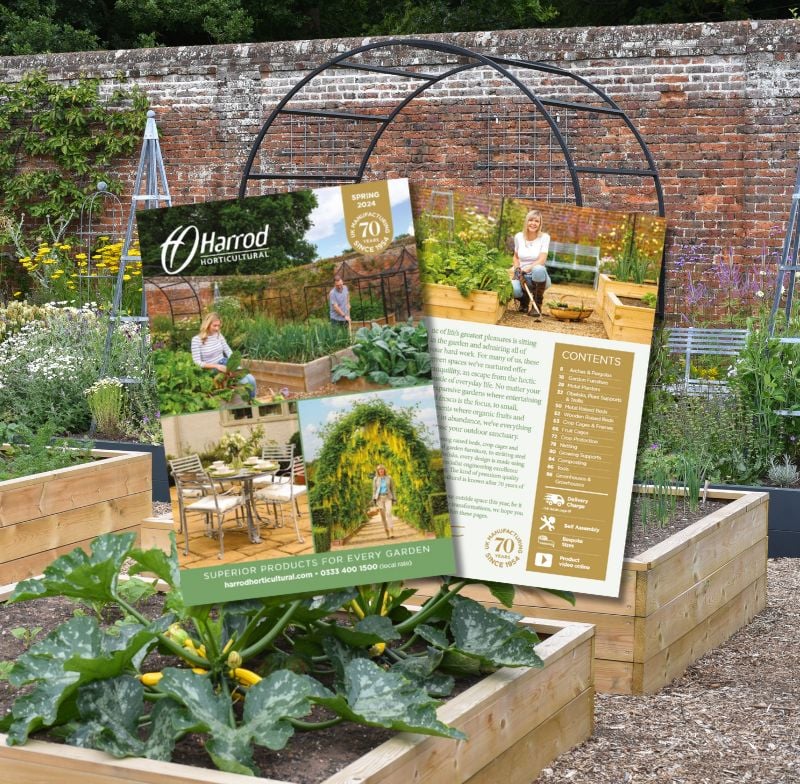“Cauliflowers fluffy and cabbages green,
Strawberries are sweeter than I've ever seen,
Beetroots purple and onions white,
All grow steadily day and night.
The apples are ripe and the plums are red,
Broad beans are sleeping in their blankety bed”
This is a song called “Autumn Paintbox” and is my first memory of understanding where fruit and vegetables come from and how they grow. Teaching children this basic life skill early will create a greater understanding of healthy eating. What child doesn’t like digging in the soil given any opportunity and imagine the look on their faces being the first to taste your home-grown crop?
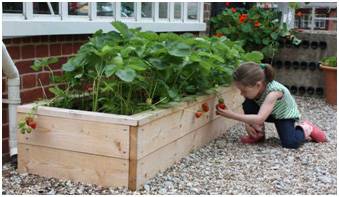
Strawberries are a great crop to begin growing at home and children will love checking whether the fruit has turned a juicy red and are ripe enough to eat.
How easy is it to grow strawberries?
Strawberries are easy to grow (Level 2 in a 1-5 scale) and take little time to manage most of the year round until you come to propagate the runners in the autumn. Elvira, Hapil and Cambridge are great beginner varieties, producing heavy crops and Cambridge is well known for making preserves and jams.
Plant strawberries in early autumn under cloches or outside in mid-spring, into well-drained, fertile soil free from weeds. Use organic peat-free multipurpose compost.
How much sunlight do strawberries need?
Strawberries will thrive in sunshine but will tolerate light shade and are easy to grow in containers such as strawberry pots, growbags, hanging baskets, tubs and troughs. Space out the rows 1m apart and the plants 40cm away from each other for easy weeding and harvesting.
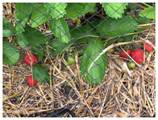
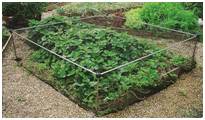
How do I stop birds eating my strawberries?
Strawberries will need protection if you want to sample any of the juicy fruit as once they turn red, the birds will quickly find and devour them before you know it. Bird netting over a build your own or Harrod Slot and Lock ® Black or Aluminium Strawberry Cage will protect your crop from the most determined birds.
Strawberry mulch mats (Pack of 10) help the soil retain both moisture and warmth when you place these organic fyba mats around the base of strawberry plants, the mats will also protect the crop from soil and rain splashes, keep lower leaves clean and dry and help deter slugs. They are also suitable for lettuces, newly planted shrubs and roses!
When do I harvest strawberries?
Begin to harvest midsummer traditionally around the time of the Wimbledon Tennis Tournament and when the fruits are red and ripe. Like many fruits, strawberries start to deteriorate once picked, so it is best to eat as soon as possible.
How long will my plants last?
New plants can be propagated in late summer by inserting individual strawberry runners into pots. Sever the new young plant from the parent plant after a few weeks when rooted. Strawberry plants usually last for up to 4 years but to avoid disease build-up, move them to a different site every 3 years. For more details check the strawberry growing guide.
What do I do with a glut of strawberries?
This is unlikely to happen as fresh strawberries are far too tempting - very rarely are there any left over from the Kitchen Garden. If you are lucky enough to have any excess then making jams or preserves is a great way to use up the additional fruit. You will need some basic equipment - our Jam Making Kit is a great starter kit to get you going.
How to make Strawberry Jam
Use late strawberries to make your own home-made jam - delicious with scones and cream. This is a simple way of making Strawberry Jam that is perfect for tea-time treats or dessert pastry tarts.
Ingredients: in the proportions given in the method that follows – strawberries (preferably small, whole ones), granulated sugar and lemon juice.
Equipment: Maslin pan, jars and muslin square, plus a preserving thermometer.
Method:
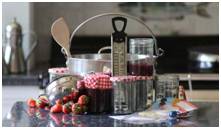
- Place small whole fruit (hulled) into a non-metallic bowl, layered with the same weight of granulated sugar
- Cover with a cloth and leave overnight – the sugar ‘draws’ the juice.
- Next day, tip the mixture into your preserving pan over a low heat; stir gently so as not to break up the fruit, just sufficient to prevent the sugar from ‘catching’.
- Bring to the boil, add lemon juice (half a lemon per 900g fruit with pips tied into a muslin square) and boil until setting point is reached (around 105ºC/221°F)
- Skim off any forming scum using a slotted spoon and remove the pips.
- Allow to cool in the pan, then ‘jug’ into pots.
- Cover with a cloth until quite cold
- Add a wax disc, label and lid to each jar.
Now sit back and enjoy the “fruits” of your labour with home-grown strawberry jam - it can also make a great gift for family and friends.
Happy Gardening!


















